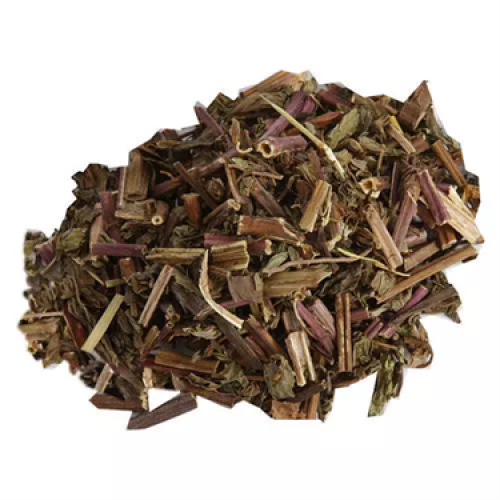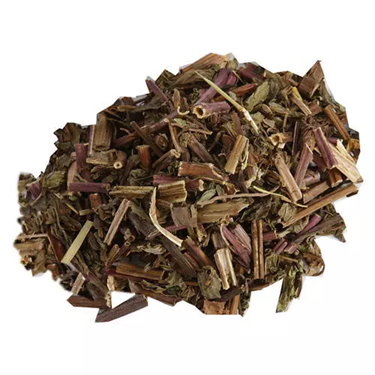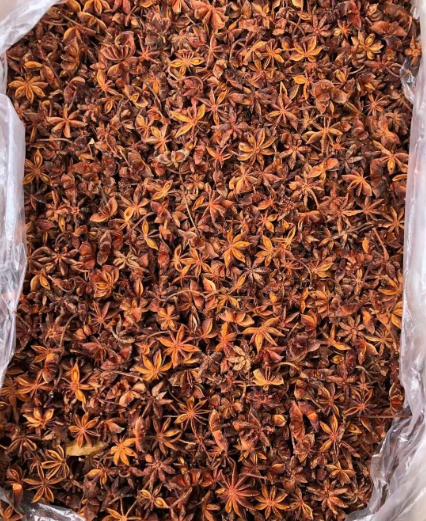

Products

Description:
Mint refers to a group of aromatic herbs in the Mentha genus, prized for their cooling flavor, fresh scent, and versatile use in food, drinks, and medicine.
🌱 Common Varieties of Mint:
-
Spearmint (Mentha spicata)
-
Mild, sweet flavor
-
Used in savory dishes, sauces (like mint chutney), and drinks
-
-
Peppermint (Mentha × piperita)
-
Stronger, more menthol-heavy and cooling
-
Popular in teas, desserts, candies, and digestive remedies
-
-
Apple mint, chocolate mint, lemon mint, and others also exist for specific uses
👃 Flavor & Aroma:
-
Cool, sweet, and crisp, with varying degrees of menthol
-
Provides a refreshing aftertaste
-
Spearmint is softer; peppermint is sharper and more intense
🍽️ Culinary Uses:
-
Fresh mint leaves:
-
Teas (e.g. Moroccan mint tea)
-
Salads (e.g. tabbouleh)
-
Yogurt sauces (e.g. raita, tzatziki)
-
Garnishes for desserts and cocktails (e.g. mojitos, juleps)
-
-
Dried mint:
-
Used in spice blends like zaatar
-
In Middle Eastern dishes, soups, and stews
-
🔥 Pro Tip: Add fresh mint at the end of cooking to preserve its flavor.
💊 Medicinal & Herbal Benefits:
-
Soothes digestive issues and nausea
-
Acts as a mild decongestant and breath freshener
-
Used in herbal teas for relaxation, headache relief, and cold symptoms
🌱 Appearance:
-
Oval, serrated leaves (bright to deep green)
-
Square stems (a trait of the mint family)
-
Spreads quickly in gardens—great in pots to contain growth





